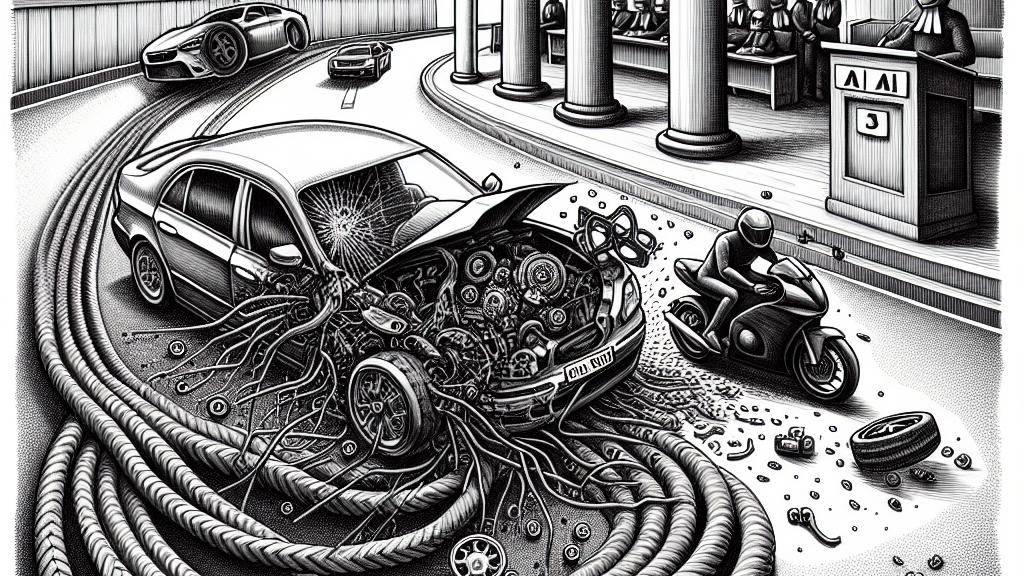Tesla's Autopilot in Hot Water: Family Takes Action After Tragic Motorcycle Crash
Overview
- Landon Embry's death in a Utah motorcycle crash leads to a lawsuit against Tesla.
- Family claims defective Autopilot system contributed to the fatal incident.
- Increasing scrutiny on Tesla's driver-assistance technology following multiple high-profile accidents.

The Fatal Incident: Overview
In a tragic accident that unfolded in Utah in 2022, Landon Embry, a 34-year-old motorcyclist, was killed when a Tesla Model 3 on Autopilot struck his motorcycle from behind while traveling at 75-80 mph. Eyewitnesses reported that the collision was sudden and catastrophic, throwing Embry off his Harley Davidson. His family has taken legal action against Tesla and the vehicle’s driver, asserting that the Autopilot software was fundamentally flawed and that the driver was unable to operate the vehicle responsibly. This incident raises critical questions about the safety of autonomous vehicles on the roads.
Challenges Facing Tesla: A Legal Spotlight
This lawsuit is part of a larger narrative surrounding Tesla's driver-assistance technology, as the company has faced scrutiny after a series of incidents involving its Autopilot system. Notable past cases include a fatal crash involving Apple engineer Walter Huang in 2018. The National Transportation Safety Board (NTSB) has investigated and found Tesla's systems partly responsible for incidents, further increasing tensions around the technology. The cumulative effect of these lawsuits exemplifies a growing concern over how safely these systems operate and calls for stricter regulations on the use of such features in vehicles.
Safety Concerns: Implications for the Future
The allegations in these lawsuits highlight potential design flaws and inadequate safety measures in Tesla's Autopilot and Full Self-Driving (FSD) systems. Families claim that the technology promotes unsafe driving habits, suggesting that users may become complacent, believing they can rely on the system completely. This perception can be hazardous, especially when the driver needs to be ready to intervene at any moment. As Tesla continues to innovate, the company faces the daunting task of addressing public safety concerns while maintaining its reputation as a leader in autonomous driving technology. Enhancing these systems will be critical to ensuring both driver safety and consumer confidence in the future.

Loading...